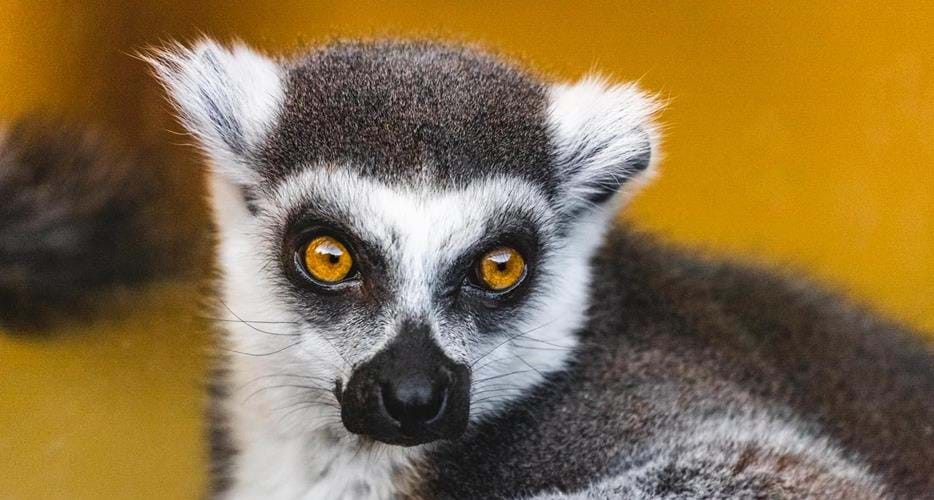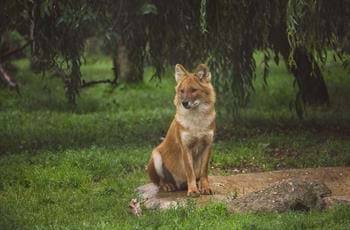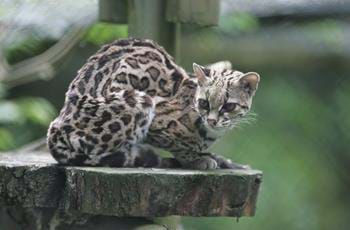Conservation is at the heart of everything we do
At Howletts, it’s our pleasure to care for over 390 animals across 52 species. Our expert keepers look after the incredible animals that call our 100 acre park home, day in and day out and welcome you to take a peek into a world where the animals really do come first.
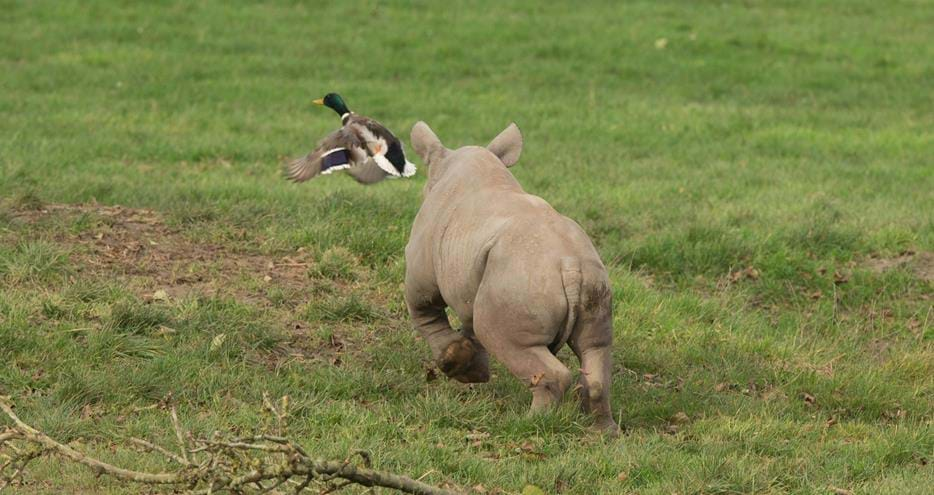
Help Support Us
Howletts is a charity and we rely on visitor support to help us continue the valuable work we do, not only here at the park, but also in connection with The Aspinall Foundation and the charity’s overseas conservation projects.
Donate now
Help Support Us
Howletts is a charity and we rely on visitor support to help us continue the valuable work we do, not only here at the park, but also in connection with The Aspinall Foundation and the charity’s overseas conservation projects.
Donate nowMeet Our Animals
When you visit Howletts, you’ll see not just the only African elephants in the County, but the largest herd of these magnificent mammals in the UK! You’ll discover Western lowland gorillas, Northern Chinese leopards, snow leopards, clouded leopards, giant anteaters, Sumatran tigers, Kent’s only Gelada baboons and so many more.
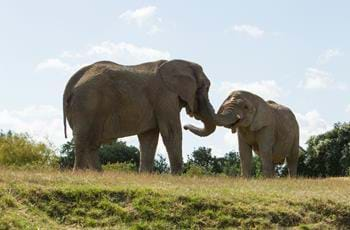
African Elephant
Howletts is home to the only herd of African elephants in Kent and the herd is the largest in the UK, comprising 13 individuals.
Read More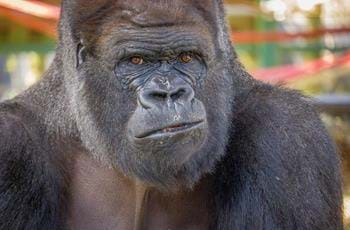
Western Lowland Gorilla
Howletts is home to 28 Western lowland gorillas, split into different family and individual groups.
Read More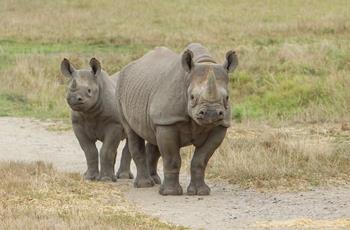
Eastern Black Rhino
Black Rhino are critically endangered mainly due to poaching and are killed for their horns due to a growing demand.
Read More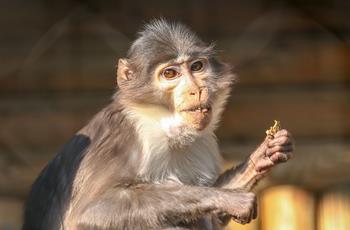
White Naped Mangabey
The White Naped Mangabey is a species of primate native to West African countries of Ivory Coast, Burkina Faso and Ghana.
Read More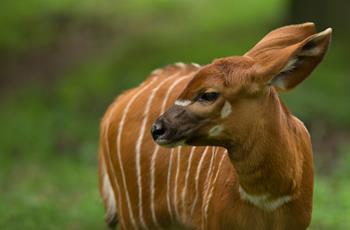
Eastern Bongo
Eastern Bongo are listed as Critically Endangered with less than 100 left in the wild in four separate populations.
Read More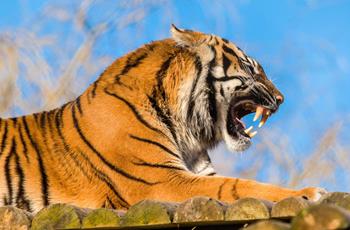
Sumatran Tiger
Sumatran tigers are keen swimmers and have partial webbing between their toes to help them swim efficiently.
Read More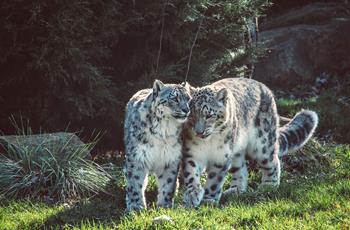
Snow leopards
We are home to two snow leopards at Howletts, a breeding pair named Ziva and Nuri.
Read More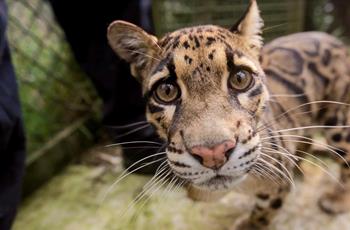
Clouded leopards
Clouded leopards are shy and secretive, medium sized cats of central and South East Asia.
Read More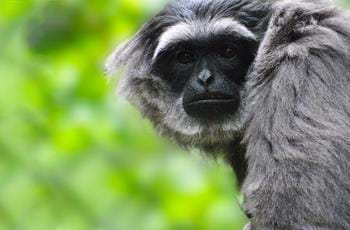
Javan Gibbon
Gibbons are classed as apes, and not a monkey as gibbons do not have tails.
Read More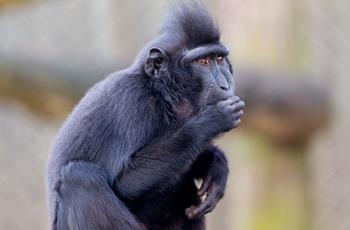
Sulawesi macaque
These primates will eat virtually anything, including fruit, insects and small mammals.
Read More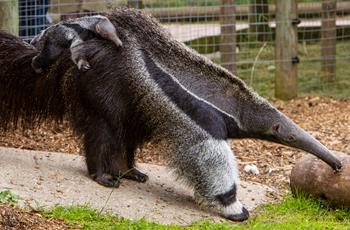
Giant anteater
The giant anteaters at Howletts have always fascinated visitors.
Read More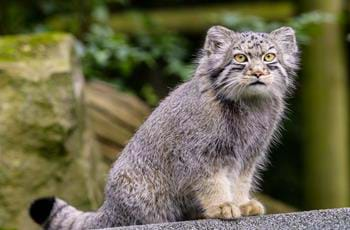
Pallas cat
Pallas cat numbers are in decline in the wild, but you can help us to protect these wonderful cats for the future.
Read More
European Grey Wolves
Wolves are an enigmatic and charismatic species surrounded by centuries of folklore.
Read More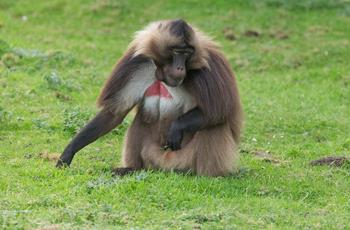
Gelada Baboons
Geladas are actually the last surviving species of a once widespread group of grass grazing primates.
Read More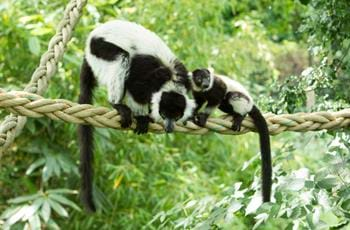
Black and white ruffed lemur
These striking lemurs are critically endangered due to habitat loss and hunting.
Read More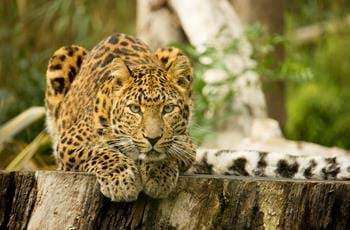
Northern Chinese leopards
Northern chinese leopards are the most geographically widespread of all cats and have a great ability to live undetected alongside human settlements.
Read More
Eastern black and white colobus monkey
Black and white colobus have a glossy black fur which is contrasted by their u-shaped cape-like mantle, bushy white tuft at the tip of the tail and short white hair surrounding their face.
Read More
Black lemur
Found in the North-western tip of Madagascar, black lemurs live in groups ranging from 2 to 15 individuals.
Read More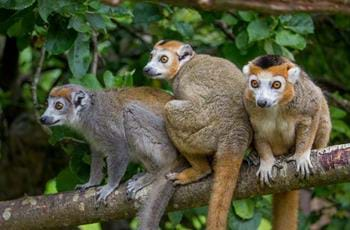
Crowned lemur
Found in the forests of northern Madagascar, these lemurs get their name from the “crown” like marking above their eyes.
Read More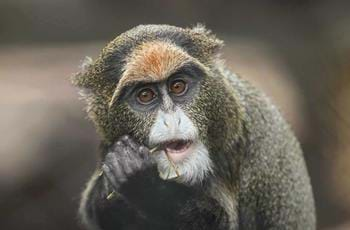
De brazza monkey
One of the most distinctive looking African primates, De Brazzas have an orange-red crescent shaped patch on their brow, with a white muzzle which extends into a long, white beard.
Read More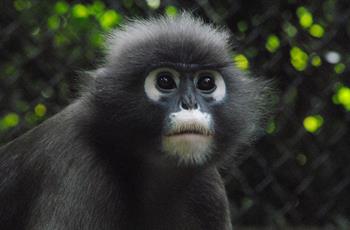
Dusky langur
Found in Malaysia, Myanmar and Thailand, these langurs primarily eat leaves but will also eat other plant materials such as seeds, fruits and flowers.
Read More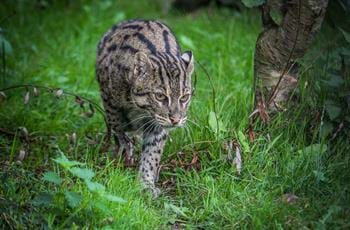
Fishing cat
Fishing cat populations are scattered across southern and southeast Asia. They are listed as Vulnerable on the IUCN Red List.
Read More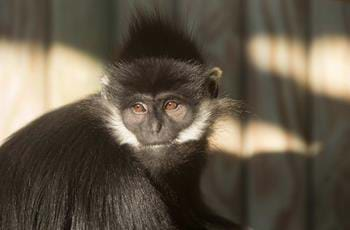
Francois langur
Found in China and Vietnam these endangered primates primarily eat leaves but also fruits and insects. They have two stomach compartments to aid digestion.
Read More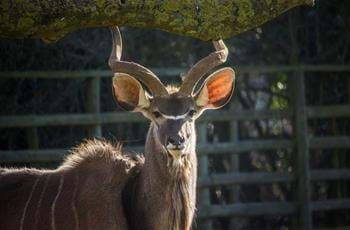
Greater kudu
The greater kudu is the second largest of the antelopes, with eland being the largest.
Read More
Javan langur
Javan langur groups normally consist of one male and 5-6 females plus their offspring. The other males form bachelor groups.
Read More
Lion tailed macaque
Found in the forests of India the Lion-tailed macaque gets its name from its long tail, which has a tassel at the end – like a lion!
Read More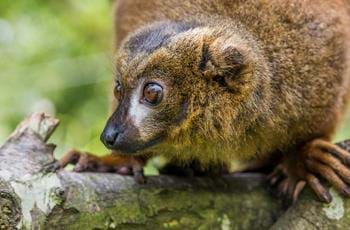
Red bellied lemur
Red-bellied lemurs mainly eat fruit, leaves and flowers with a few insects. They forage at all heights in the forest and have been observed eating over 70 different species of plant.
Read More
Red River hog
Red River Hogs are found in forest regions of Central and Western Africa, they have a great sense of smell, using a circular motion with their snouts while sniffing around for food.
Read More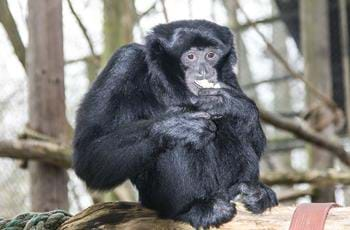
Siamang gibbon
Found in Malaysia, Thailand and on the island of Sumatra, the siamang is the largest member of the gibbon family and has one of the loudest calls of all primates, enhanced by their large throat sac.
Read More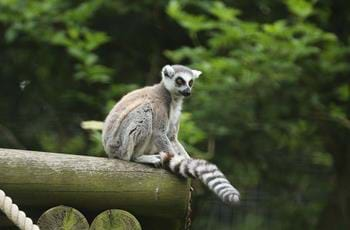
Ring Tailed Lemur
The most terrestrial of Madagascar’s primates, ring tailed lemurs are easily recognisable because of their long, bushy, black and white ringed tail.
Read More
Painted Dogs
Painted dogs are Africa's most successful predators with a 90% kill rate on their hunts
Read More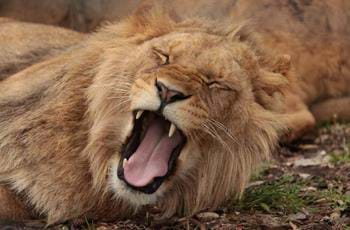
African Lions
Wild lions once roamed across much of Africa, Asia and Europe. Today, they are only found in sub-saharan Africa and a tiny pocket of India.
Read More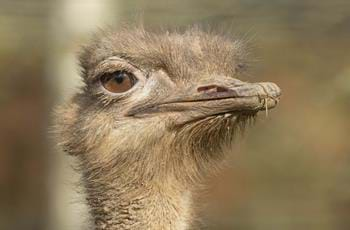
Meet Our Ostriches
Meet Our Ostriches LEAST CONCERN (IUCN) Struthio camelus Ostriches are the largest living bird species and grow up to 6ft 5 inches tall. Although they are flightless they can reach speeds of up to 43mph or 70kph making them the fastest bird on land. They also hold the record for laying the largest egg of any living bird.
Read More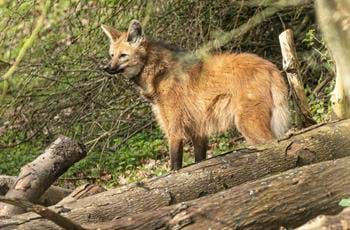
Maned Wolf
Native to South America, Maned wolves are suffering from a reduction in their numbers due to habitat loss, making then Near Threatened in the wild and almost extinct entirely in Uruguay. Maned wolves are not actually wolves, nor foxes. In fact they are a unique and only remaining genus called Chrysocyon, meaning golden dog. These golden dogs have long legs and a rich red coat and, once mature, have a resplendent darker mane. Maned wolves are mostly solitary and rarely form packs.
Read More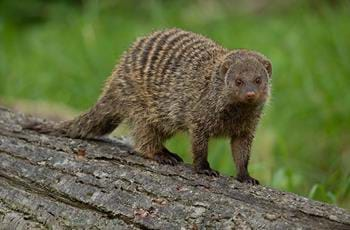
Meet Our Banded Mongooses
Meet Our Banded Mongooses LEAST CONCERN (IUCN) Mungos mungo Banded mongooses are one of the most social species of mongoose, living in packs of 10-20 individuals. They are fairly nomadic, only staying in a den for a few days at a time before moving on and will often return to their favourite spots. Although they can dig their own burrows with their sharp claws they prefer to use natural hollow or other animal dens such as termite rounds.
Read More